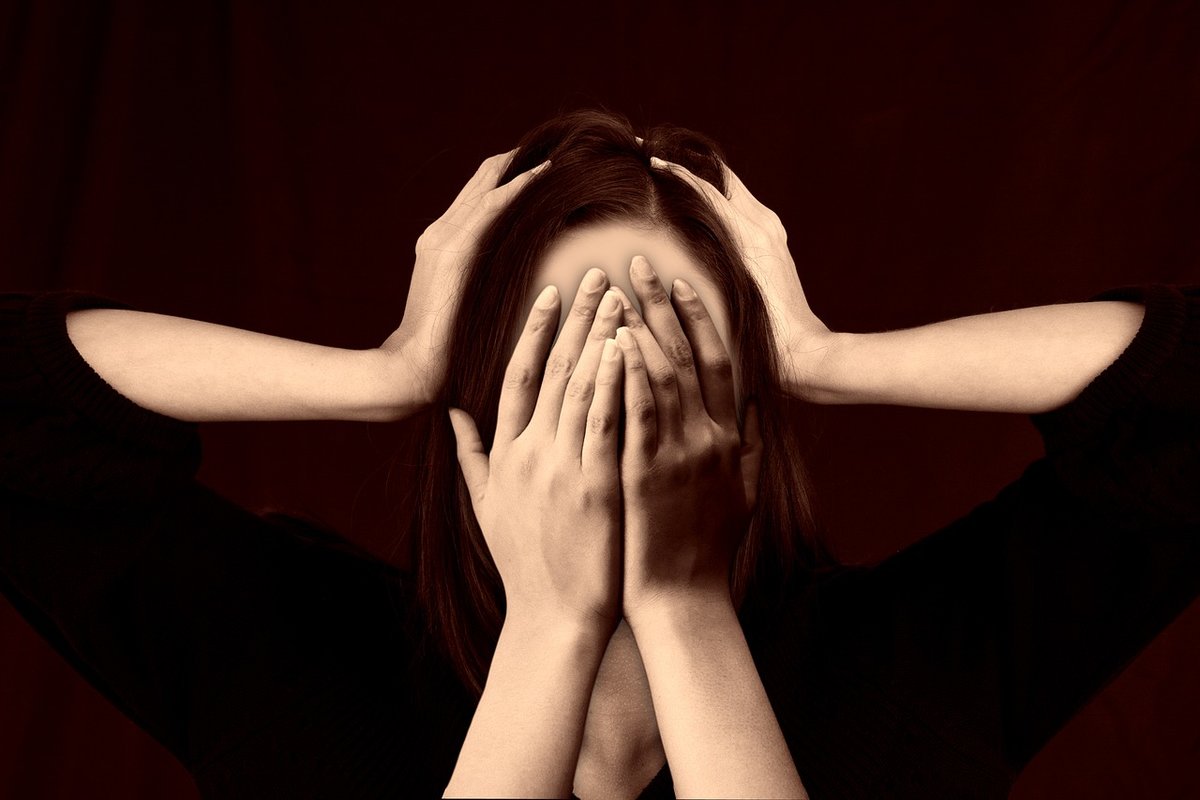Table of Contents
How to get rid of a migraine
When you have a migraine, you look for the solution tirelessly.
On the internet, there are many home remedies to combat these severe headaches.
Today I’m going to show you a compilation of all the ones I’ve found. I am going to describe them to you, and I will analyze why they are indicated to alleviate the headache.
Surely one surprises you!
Remember that you can also make my Discover Your Migraine course, the first done by former migraines, that is, by me. So you finally discover:
• How to get rid of a migraine
• What can you do to make it disappear?
1. Ginger

DEFINITION: Ginger is a plant that reaches two meters high, whose underground stem is very appreciated for its aroma and spicy flavor.
WHEN TO TAKE IT: It is recommended to take it just when the aura begins.
HOW TO TAKE IT: A third of a teaspoon of powdered ginger dissolved in a cup of water should be diluted. You can also drink ginger tea multiple times a day or chew a piece of raw ginger root.
WHY IS IT RECOMMENDED: Ginger has anti-inflammatory properties and that is why it is recommended against migraine, although there is no alteration in the diameter of the blood vessels during the crisis.
2. ICE

DEFINITION: Frozen water is probably the most popular home remedy.
WHEN TO APPLY: When the head pain is accompanied by a rise in temperature or a sensation of heat in the head.
HOW TO APPLY: Fill a bag with ice and put it on your head. You can also soak a towel with cold water and place it on the forehead or the back of the neck. Another desirable option is to place an ice pack on the bottom of the feet between thirty minutes and one hour. The goal of this remedy is to move blood flow away from the head to the feet.
WHY IS IT RECOMMENDED: You can temporarily relieve the uncomfortable feeling of heat in the head.
3. Apple Vinegar
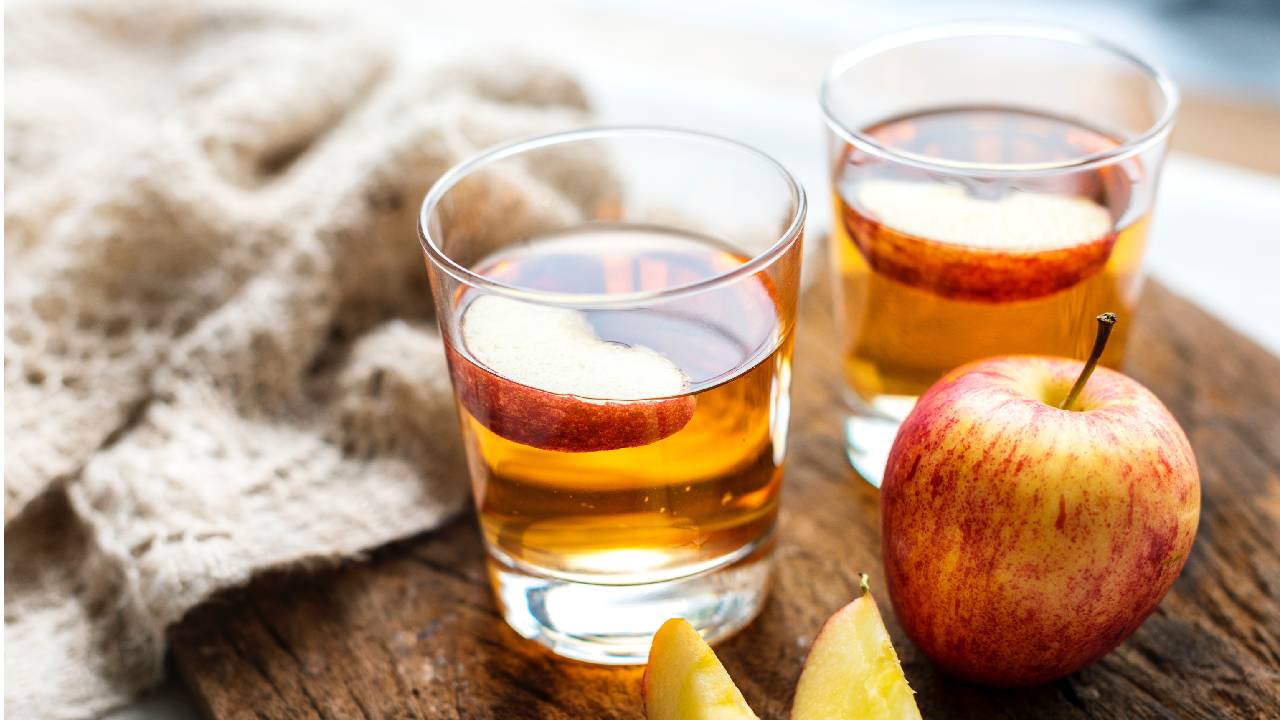
DEFINITION: It is a type of vinegar made by fermenting the sugars of apple juice.
WHEN TO TAKE IT: Preventively before suffering a migraine attack.
HOW TO TAKE IT: It is recommended to dilute two tablespoons of vinegar in a glass of water. Mix well and drink. If you are not taking apple cider vinegar, start with a teaspoon to gradually increase the amount. Important! You have to dilute it because pure is very acidic.
WHY IS IT RECOMMENDED: Its recommendation is due to the fact that this product is associated with detoxification and regularization of high blood pressure. Too many toxins and pressure problems can cause headaches, but they are not the sole cause of migraines.
4. Lavender Oil
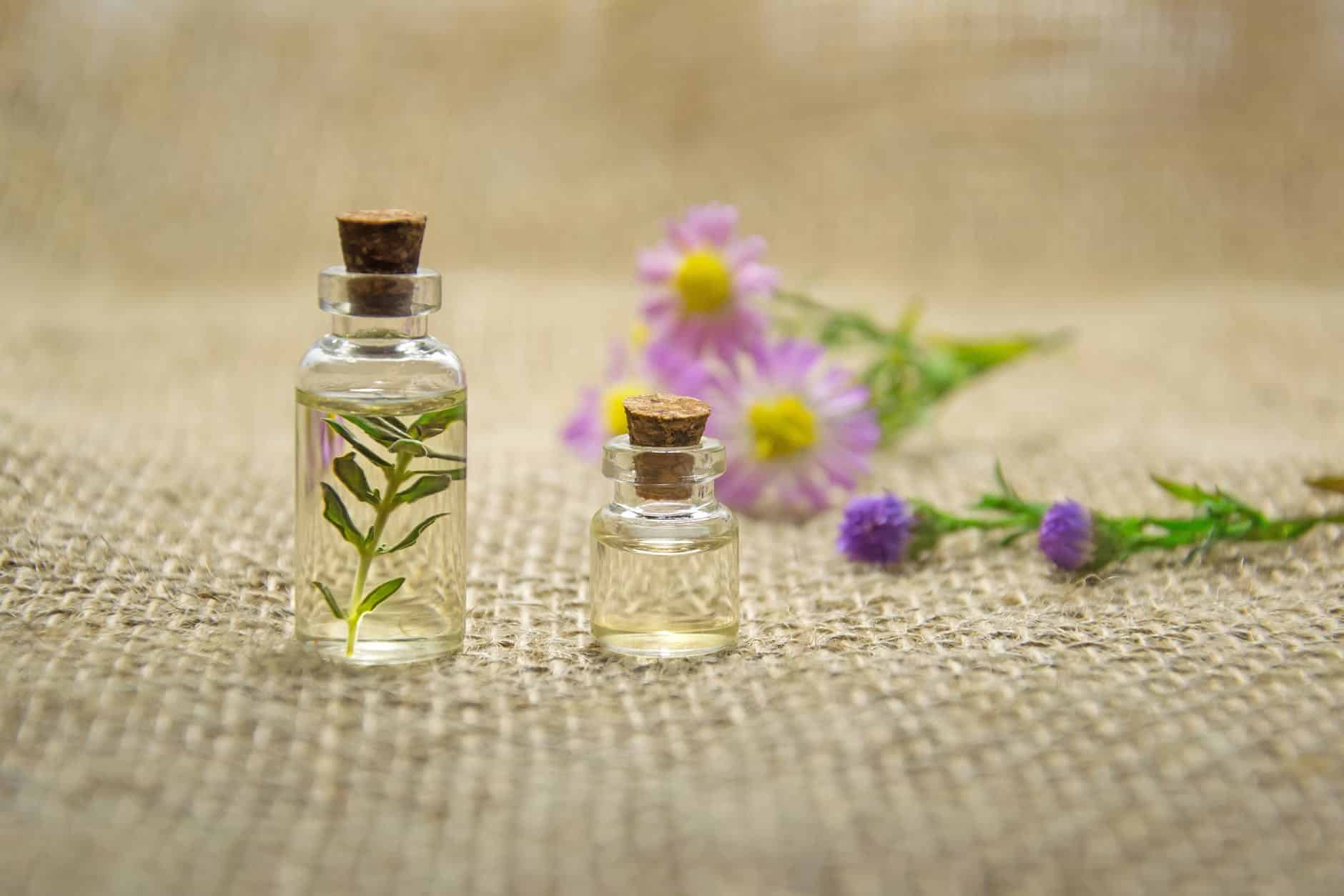
DEFINITION: Lavender is a genus of plants with lilac, blue or violet flowers. Lavender oil is obtained by distilling fresh herbs.
WHEN TO TAKE IT: In the middle of a crisis or preventively.
HOW TO TAKE IT: It is recommended to use the oil as aromatherapy, perfuming wardrobes and rooms. It can also be used by diluting a few drops of essential oil in water, wetting a towel in the scented water and placing it on the forehead. Another option is to heat water and add a few drops of essential oil to breathe the mists later.
WHY IS IT RECOMMENDED: The lavender essential oil is known for its sedative capacity. Therefore it is recommended to apply directly to the head, seeking reassurance when the crisis has already begun.
5. Orgasm

It can relieve pain. According to a study from the University of Munster (Germany), more than half of the patients in the study had sex during a migraine attack noticed a definite improvement and even in one in five, the pain disappeared as sex stimulates the release of endorphins, natural analgesics that reduce pain.
DEFINITION: Orgasm is the discharge of accumulated sexual tension.
WHEN TO DO IT: In the middle of a crisis.
HOW TO DO IT: Ahem, no explanations are needed.
WHY IS IT RECOMMENDED: Some people have a clear improvement and even disappearance of their headache after having sex, probably due to the release of endorphins. In my blog, you can see the results of the survey “Migraine, sex and personal relationships,” where blog readers answer the question: “Have you ever used sex to relieve your headaches?”
6. Fish Oil
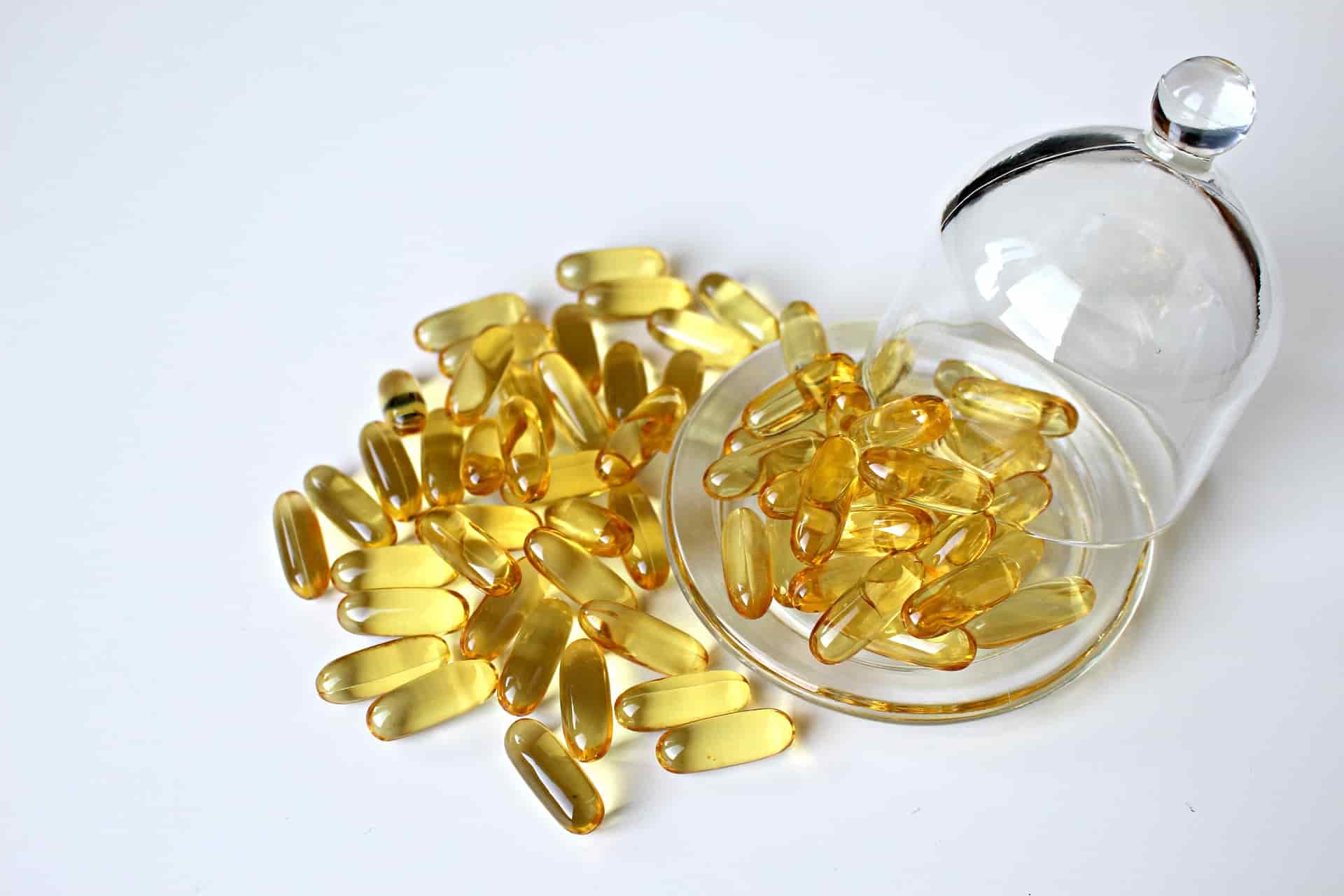
DEFINITION: Fish oil is currently sold as a food supplement in the form of capsules, obtained from the tissues of some fish species.
WHEN TO TAKE IT: Preventively.
HOW TO TAKE IT: One or two capsules a day. It is more recommendable and healthy to obtain the full benefits of fish directly ingest the fish rich in omega 3.
WHY IS IT RECOMMENDED: The described benefits of this supplement is that it strengthens cardiovascular health by lowering blood pressure. Migraine pain is independent of blood pressure so it would not have a direct action on them.
7. Green Light
DEFINITION: Greenlight is the part of the electromagnetic radiation that is perceived by the human eye with a wavelength of 497-570 nm.
WHEN TO APPLY IT: In the middle of a crisis.
HOW TO APPLY: Using a light bulb that emits pure light or sunglasses that block all light widths except pure green light. Currently, light bulbs and sunglasses have a prohibitive price.
WHY IS IT RECOMMENDED: At Harvard University they have found that it can have a positive effect in relieving pain by blocking the blue light that worsens migraine pain, even to blind people.
8. Watermelon Shell
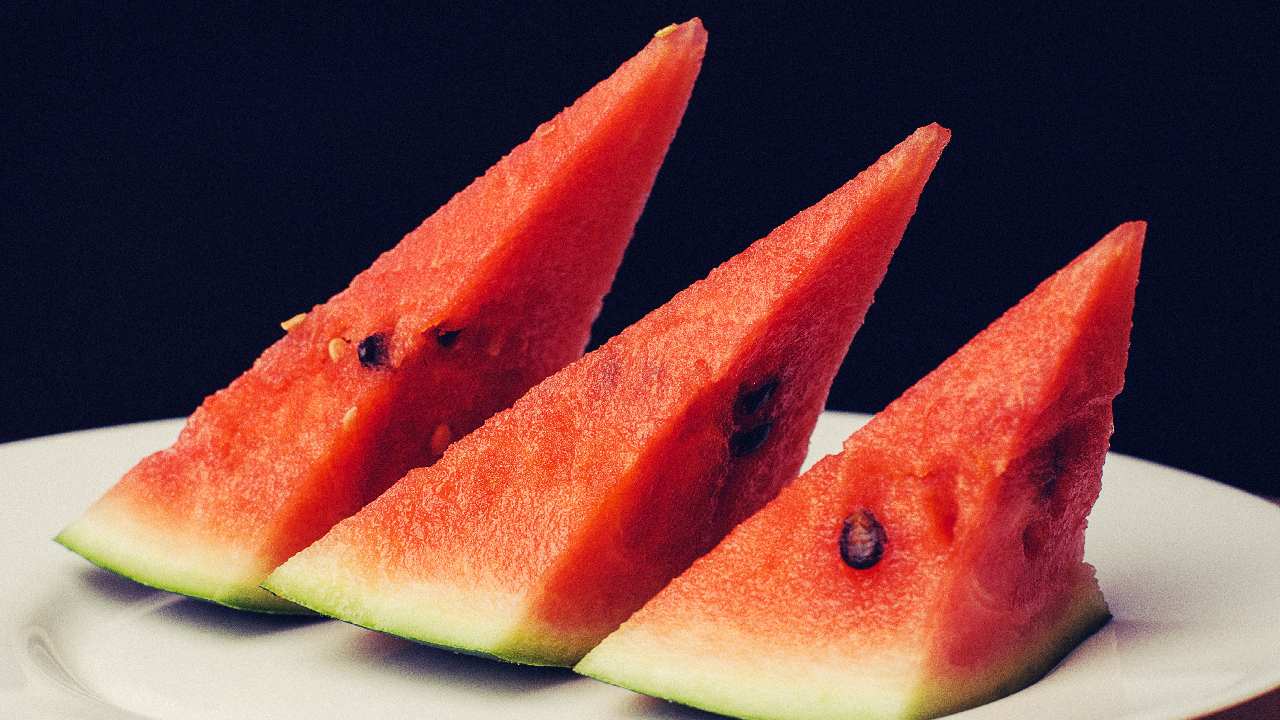
DEFINITION: Watermelon is a very moisturizing fruit of a herbaceous plant.
WHEN TO USE IT: In the middle of a migrainous crisis.
HOW TO TAKE IT: Several websites recommend putting a piece of watermelon rind on your temples and waiting for the pain to disappear.
WHY IS IT RECOMMENDED: Despite looking for it, I do not know its function. If you know it, please put it in the comments, and I will complete the article.
9. Banana Peel
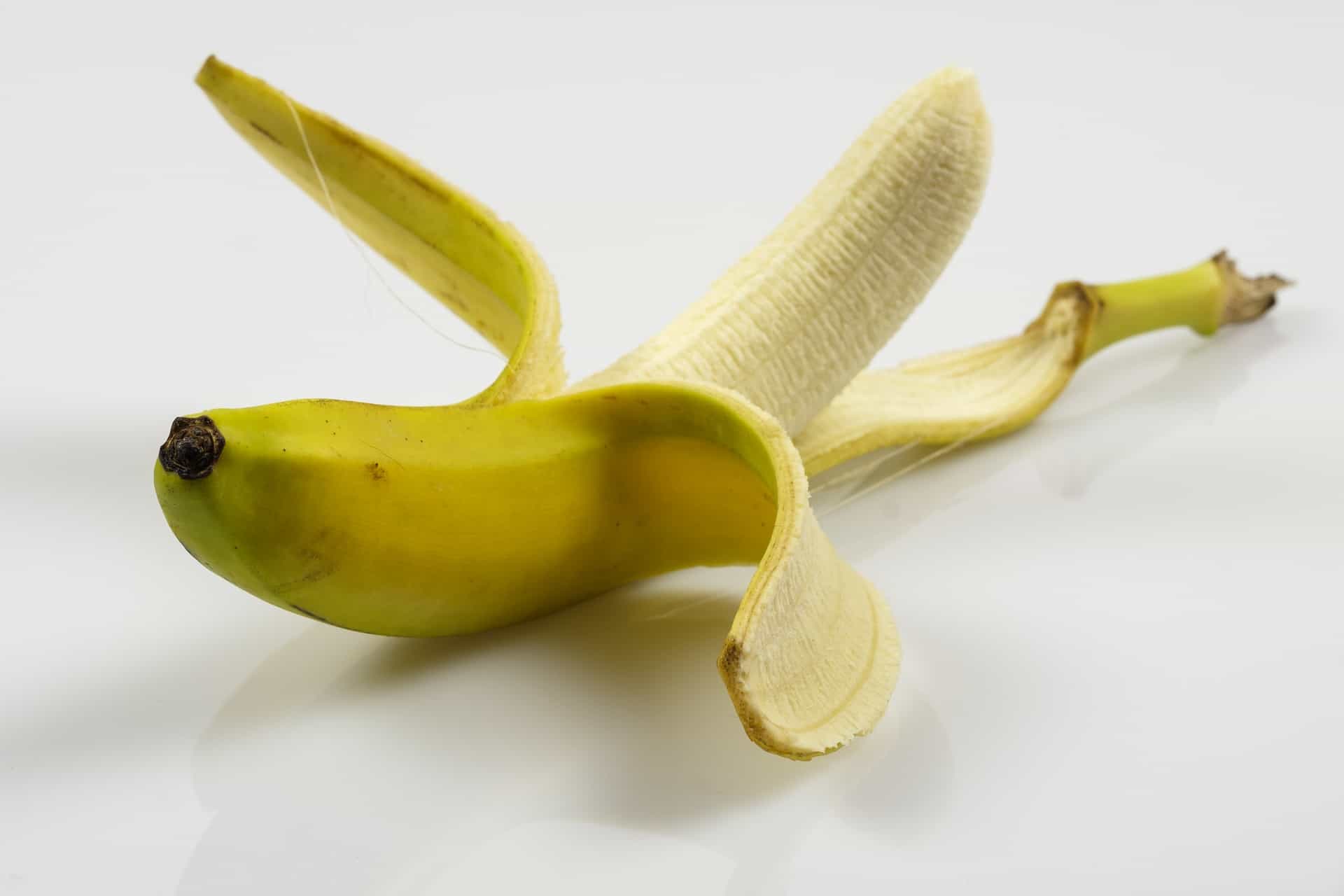
DEFINITION: The banana is a fruit of a family of perennial herbaceous plants.
WHEN TO APPLY: In the middle of a migrainous crisis.
HOW TO APPLY: According to the recommendations you have to put some alcohol in the banana peel clean. Place the peel on the forehead for 30 minutes and tie it with a handkerchief.
WHY IS IT RECOMMENDED: As with watermelon I do not know the reason for this use, but some website suggests that it absorbs toxins, although it does not describe the process. If you know the reason, write to me. That way I can update it.
10. Chamomile

DEFINITION: Chamomile is a perennial herb with a flower of white petals and yellow corolla to which various healing qualities are attributed.
WHEN TO TAKE IT: Throughout the day of the migraines crisis or preventively for four consecutive weeks.
HOW TO TAKE IT: It is recommended to make an infusion with 2 or 3 teaspoons of dried flowers in a cup of hot water. You can also add lemon juice and honey. Drink 3 or 4 times a day to relieve the symptoms of migraine.
WHY IS IT RECOMMENDED: Chamomile relieves vomiting and has soothing properties.
11. Mint
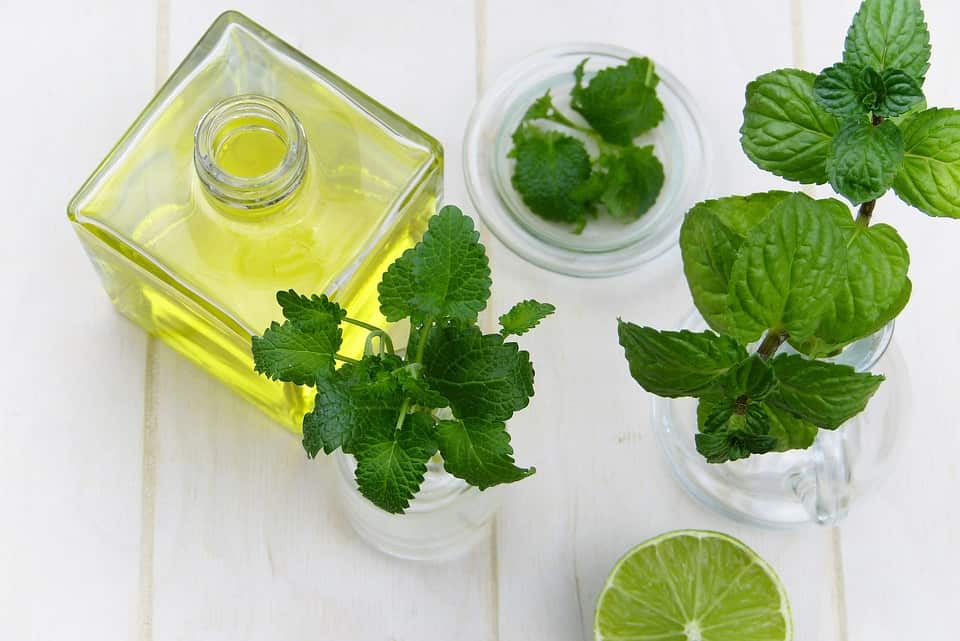
DEFINITION: Mint is a genus of herbaceous plants with gastronomic and pharmaceutical use.
WHEN TO TAKE IT: In the middle of a crisis or preventively for three months.
HOW TO TAKE IT: Drink an infusion of 20 grams of fresh mint for half a liter of water or a teaspoon of dried mint dessert per cup. Sweeten with honey.
WHY IS IT RECOMMENDED: It is digestive and anti vomitive. Also, it is soothing and anti-inflammatory.
12. Potato

DEFINITION: The potato is a plant that is cultivated throughout the world for its edible tubers.
WHEN TO APPLY IT: In the middle of a crisis.
HOW TO APPLY: Place a slice on each temple and another in the eyebrow adjusting them with a handkerchief.
13. Cayenne Pepper
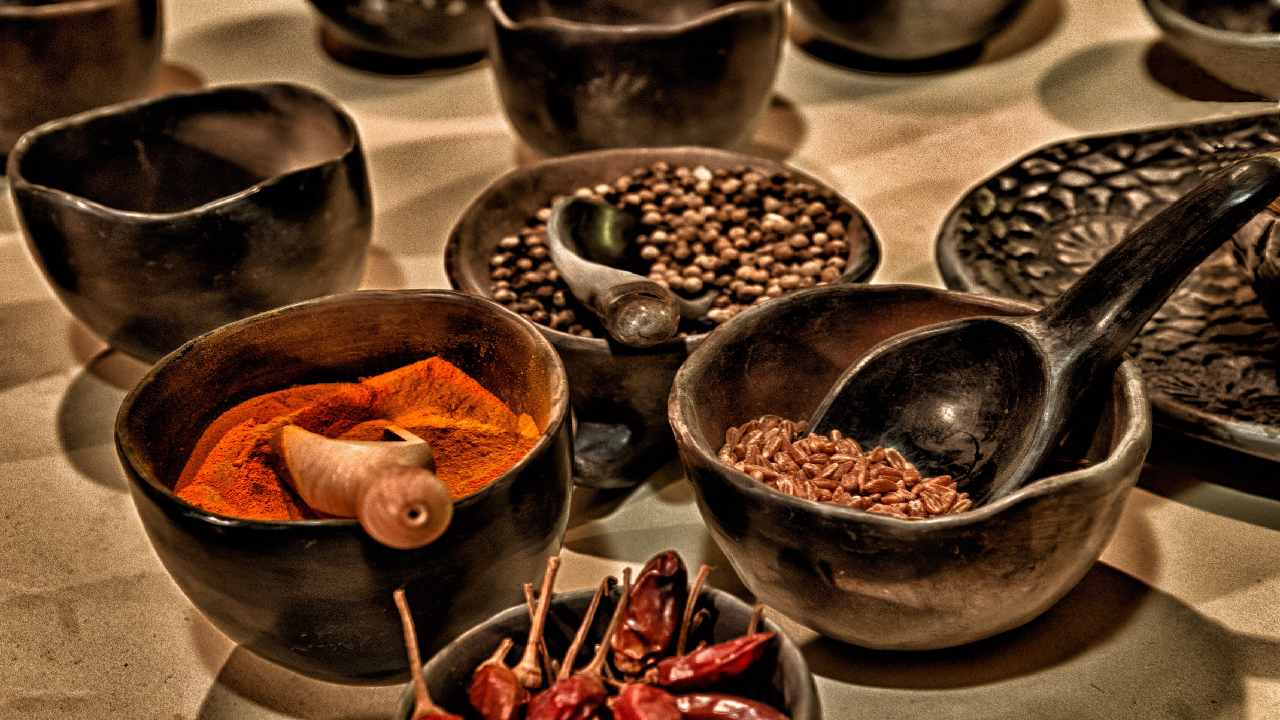
DEFINITION: Cayenne red pepper is a powdery species resulting from grinding the fruits of one or several spices of spicy chile.
WHEN TO TAKE IT: In the middle of a migraine crisis.
HOW TO TAKE IT: It is recommended to dilute half a tablespoon in warm water. Optionally, and to improve the flavor, it is recommended to add a little lemon juice and honey.
WHY IS IT RECOMMENDED: Some naturopaths recommend it possibly with the distraction of the brain’s attention to the pain in a place other than the head. Also, cayenne stimulates circulation and improves blood flow, also has a component, capsaicin, which works as a natural analgesic.
14. Tight Hairstyle

DEFINITION: The hairstyle is a way to fix your hair. The tight hairstyles tightly adjust the gums and clips to the hair stretching it, as in braids, pigtails, and bows.
WHEN TO DO IT: When you start to feel pain in your head.
HOW TO DO IT: Change hairstyle and loosen braids, pigtails, and bows.
WHY IS IT RECOMMENDED: It is maintained that a tense hairstyle can cause headaches and cutaneous hypersensitivity. There is a disorder called cutaneous allodia that consists of the extreme sensitivity of the skin. Cutaneous allodynia is almost twice as common in patients with migraine as compared to other patients or other types of chronic headache.
15. Paint Garabatos
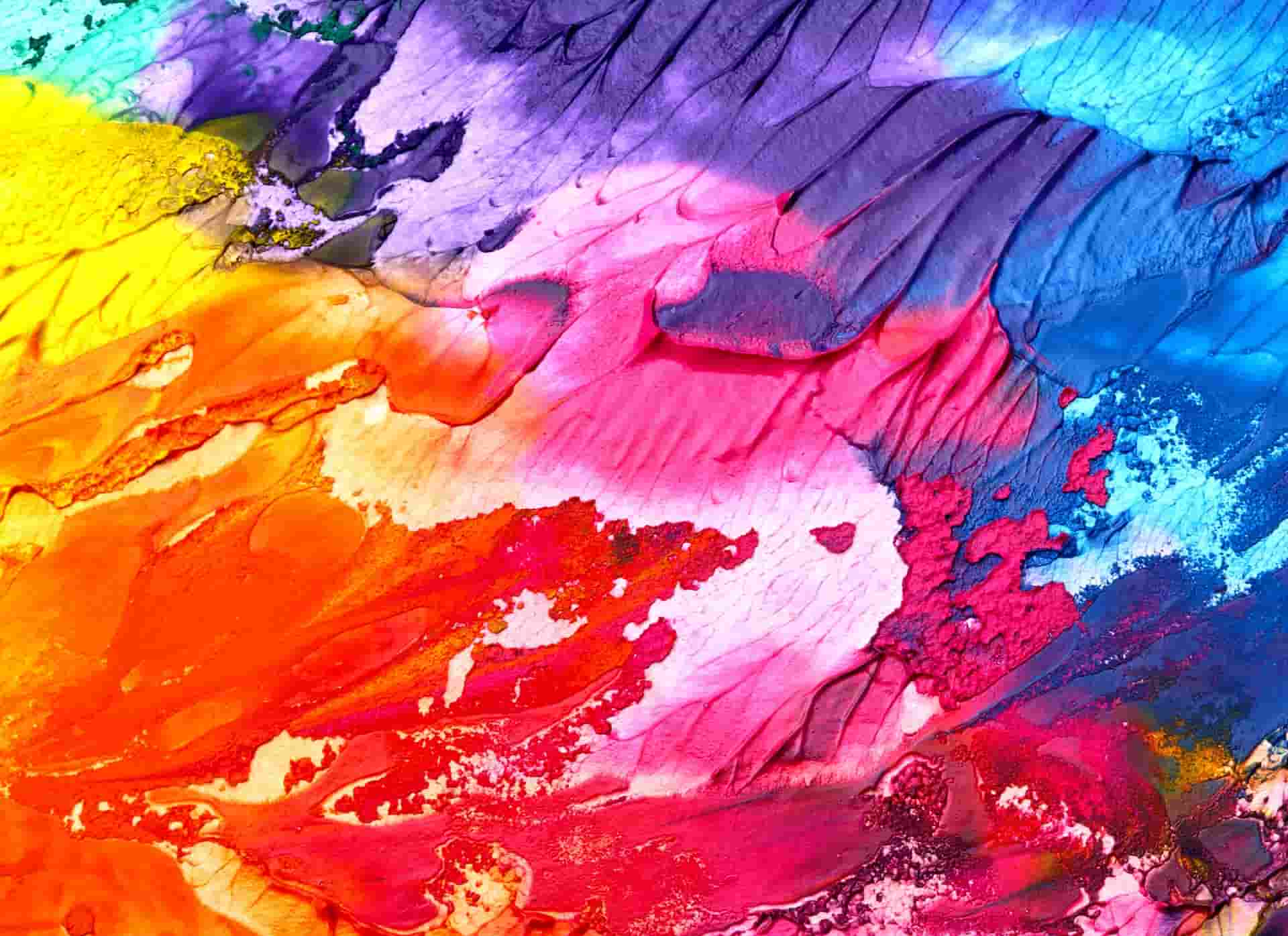
DEFINITION: Scribbles are those drawings we make without thinking while our attention is set on another task.
WHEN TO MAKE THEM: When you start to feel the first symptoms of a migraine.
HOW TO PERFORM THEM: Take pencils and colors and start drawing without thinking.
WHY IS IT RECOMMENDED: Drawing scribbles a few minutes relieves tension and is a way of expressing oneself. When you start to do them the stroke will be fast, and little by little it will be slowing down until you feel less anxious.
16. Himalaya Salt
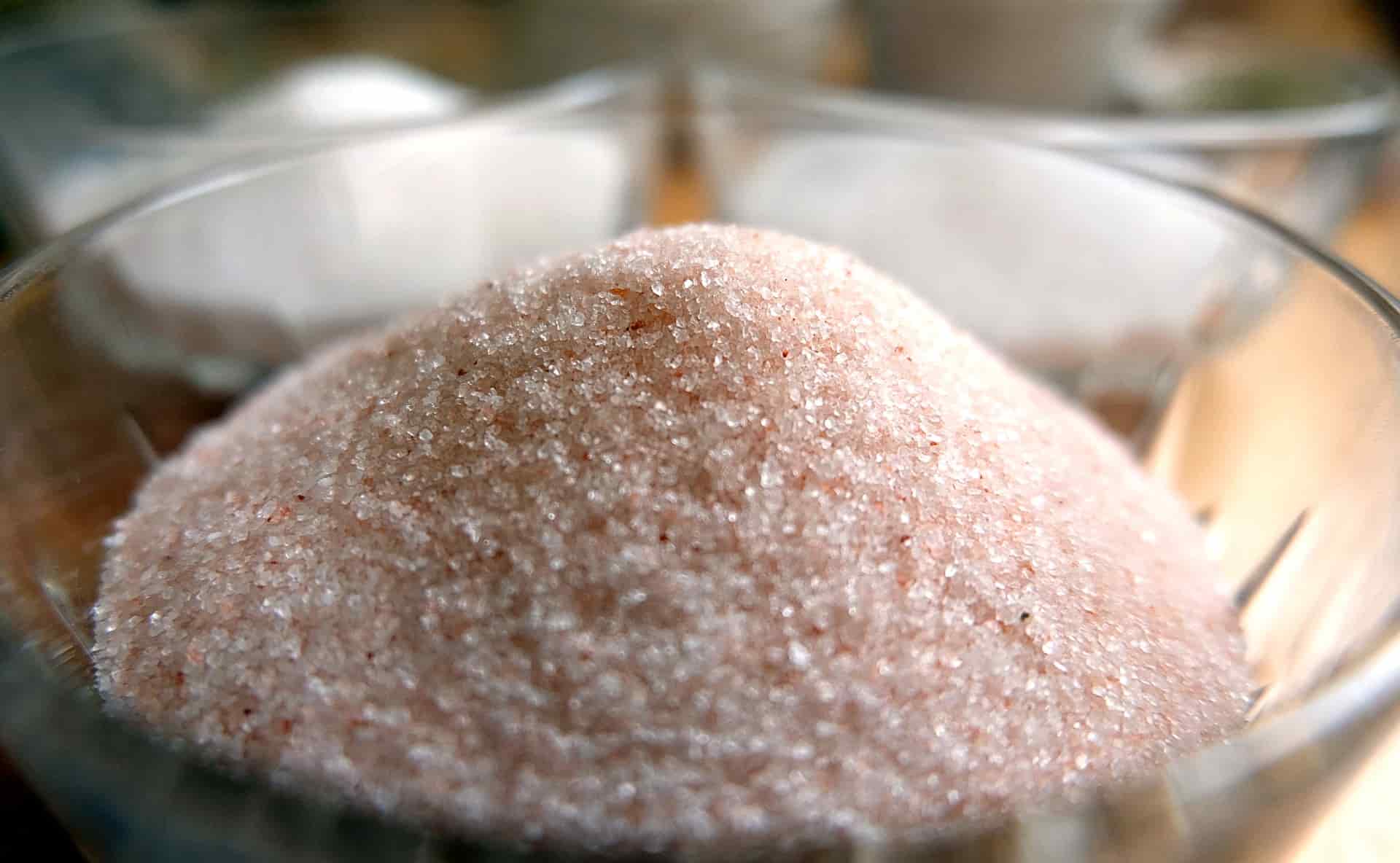
DEFINITION: Himalayan salt is a type of pinkish-colored salt that comes from the mountains of Pakistan.
WHEN TO TAKE IT: When you have migraine pain.
HOW TO TAKE IT: Add 9 grams of salt to 200 ml of water and add the juice of two lemons.
WHY IS IT RECOMMENDED: Himalayan salt is rich in minerals and electrolytes. It’s said that taking salt from the Himalayas stops a migraine crisis in a few minutes. Because migraine is not due to an imbalance of mineral salts, this remedy may not be effective.
17. Head Massage
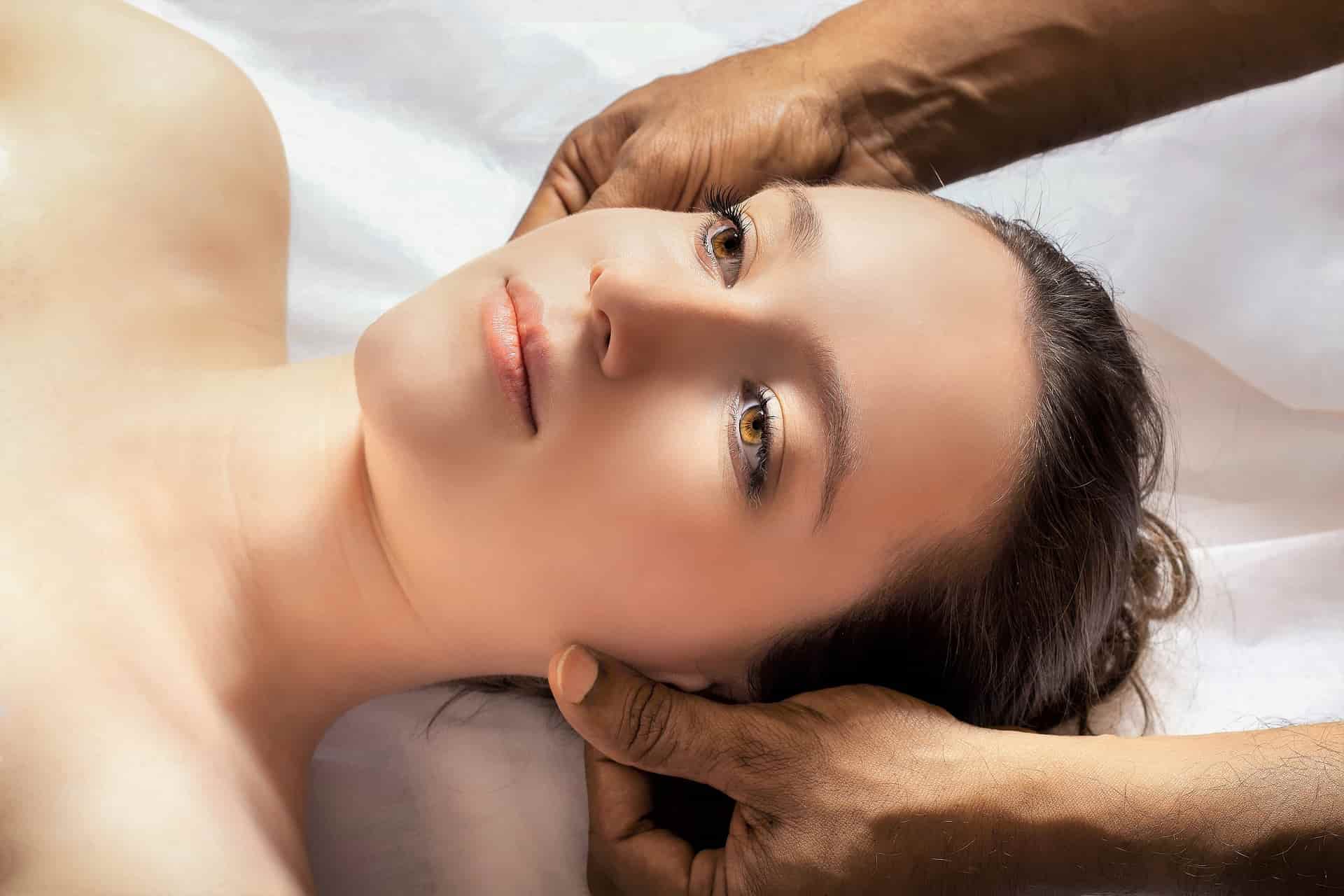
DEFINITION: The massage is the activity that consists of rubbing and pressing with different rhythm and intensity different parts of the body.
WHEN TO DO IT: When you have a headache.
HOW TO DO IT: Massage the area of the temples, the eyebrows and the base of the nose. Make circular massages regulating the pressure.
WHY IS IT RECOMMENDED: Massages relieve muscle tension. Because the origin of migraine is not exclusively muscular, this remedy may not be effective.
18. Blow Air

DEFINITION: Blowing is the action of firing air with force through the mouth. The technique of applying a breath of air in the form of a constant current for 20 minutes is known as modulated air insufflation in the external auditory canal.
WHEN TO APPLY: In the migraine crisis.
HOW TO APPLY: Apply a stream of controlled air to directly stimulate the nerves in the ear canal and the eardrum.
WHY IS IT RECOMMENDED: Dr. Andy Dowson argues that the eardrum allows easy and direct access to the trigeminal nerve, calming the headache without the need for drugs. It should be noted that the study of this professional where this technique was applied was tested with only 23 patients.
19. Water

Drinking and moisturizing will reduce migraines.
DEFINITION: Water is that molecule formed by two hydrogen atoms and one oxygen atom.
WHEN TO TAKE IT: Throughout the day.
HOW TO TAKE IT: About 8 glasses of water a day.
WHY IS IT RECOMMENDED: It is recommended to drink the water due to the belief that dehydration is responsible for migraines.
20. Coffee

Its ability to constrict blood vessels helps prevent the symptoms of a migraine. But there are people in whom coffee causes them a migraine.
DEFINITION: Coffee is a baby that is obtained by infusing the roasted seeds of the fruits of the coffee plant.
WHEN TO TAKE IT: Between the crises and also before them.
HOW TO TAKE IT: Quickly pass hot water under pressure through the ground coffee.
WHY IS IT RECOMMENDED: Due to the belief that migraines have a vascular origin and caffeine has a vasodilatory effect, it is therefore recommended that they are consumed.
21. Matricaria
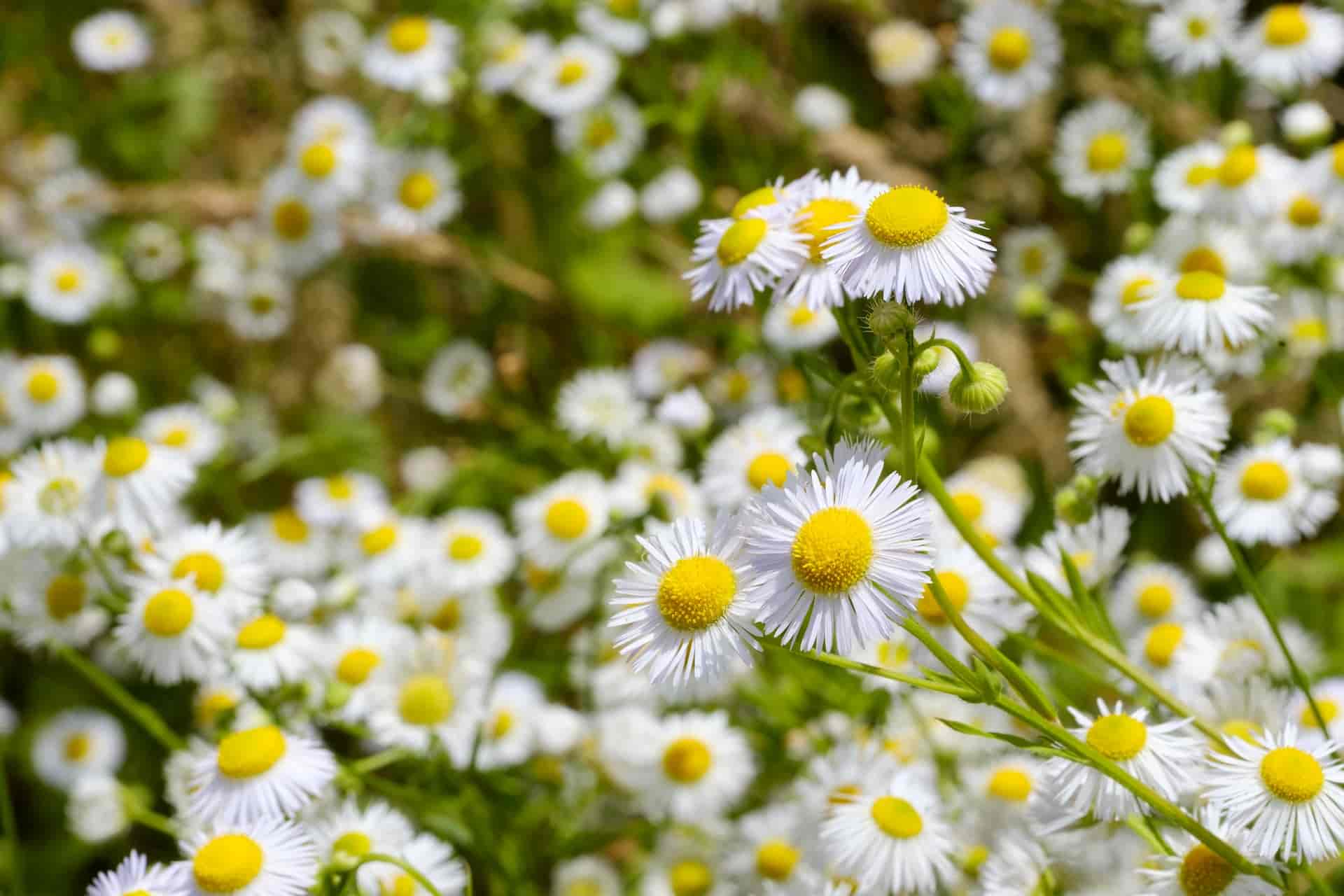
DEFINITION: Feverfew is an herb whose common name is chamomile or chamomile.
WHEN TO TAKE IT: When you have the migraine and preventively.
HOW TO TAKE IT: In infusion, a tablespoon of flowers per cup of water.
WHY IS IT RECOMMENDED: It has soothing properties, prevents inflammation and neutralizes pain signals.
22. Cabbage

DEFINITION: Cabbage is an edible plant with healthy properties.
WHEN TO APPLY: In the middle of a migraine crisis.
HOW TO APPLY: With a knife cut the nerves of the blade and apply directly on the forehead and temples for 20 minutes. Then you will notice that the cabbage leaf will be hot and your head more refreshed. You can apply this remedy as many times as you need.
WHY IS IT RECOMMENDED: Cabbage leaves have anti-inflammatory substances.
23. Cinnamon Powder

Apply two tablespoons of cinnamon powder with water at the temples.
DEFINITION: Cinnamon is the bark of the cinnamon tree or cinnamon tree.
WHEN TO TAKE IT: The infusion just when the pain begins and the compress when the pain has already started.
HOW TO APPLY OR TAKE: Make a thin paste of cinnamon with water and apply it on the temples and forehead. You can also drink infused with a glass of milk.
WHY IS IT RECOMMENDED: Alleviate the pain.
24. Apples

DEFINITION: The apple is a fruit of the domestic apple tree.
WHEN TO TAKE IT: When you experience the first symptoms of a migraine attack.
HOW TO TAKE IT: Eating an apple and smelling a green apple is said to reduce the severity of the migraine.
WHY IS IT RECOMMENDED: For it’s sedative properties to be rich in phosphorus.
See you below, in the comments.
Have you tried any of these remedies? Do you know any that are not on this list?

